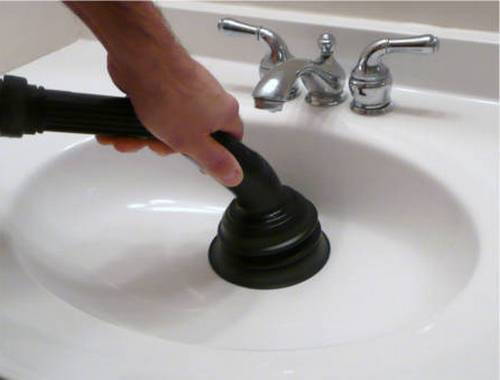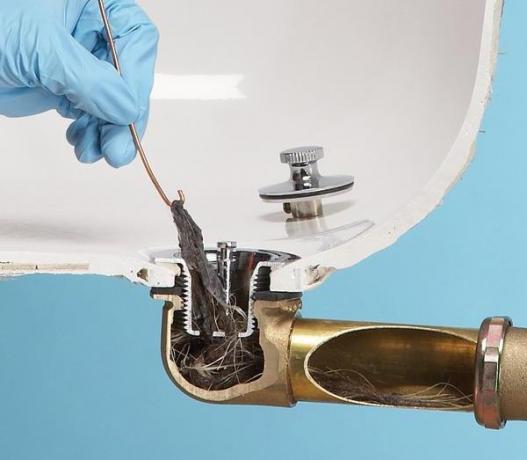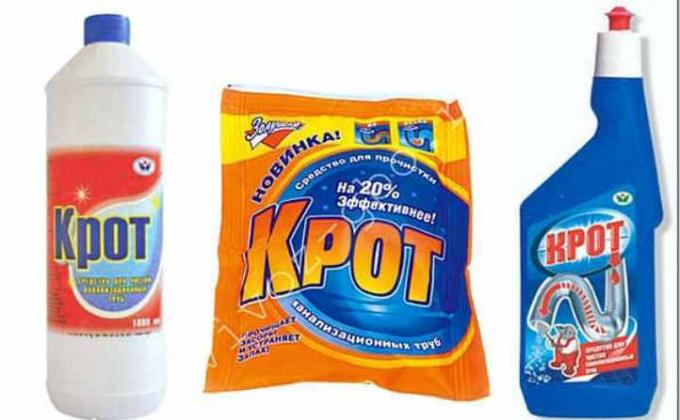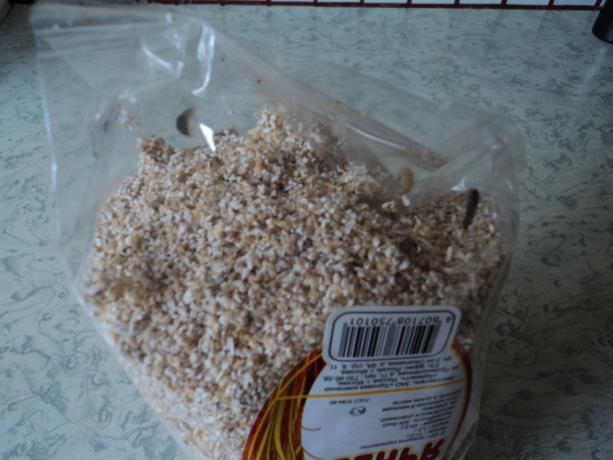Content
-
1 Remove blockage - 7 ways
- 1.1 "First aid"
- 1.2 Mechanical methods
- 2 Additional funds
- 3 Preventive measures
- 4 Finally
There is one unspoken rule: if you do not use a special protective mesh, the sink in your kitchen is bound to clog someday. But even if this happened, you should not despair - there is nothing difficult in cleaning the kitchen sink, any housewife can do it with her own hands. Our article will tell you about the rules, methods, tools and means for removing blockages in the kitchen sink.

You can clean the sink without calling a plumber
Remove blockage - 7 ways
Two factors indicate that the sink in the kitchen is clogged: the water does not enter the drain hole, an unpleasant smell appears from the drain, spreading throughout the kitchen.

An unpleasant odor emanates from a clogged sink
Among the main causes of blockage are:
- accumulation of solid small particles from running water inside the drain pipe;
- corrosion on metal elements;
- the appearance of a grease plug from dirt caused by washing dishes.
In this section, we'll look at the most effective ways to fix the problem.
"First aid"
The first step in case of blockage is to try the simplest options that will not harm the quality of the pipes.
Illustration |
Instructions for action |
 |
Method 1 - boiling water. This option can only be used if the pipes are steel. If there are plastic pipes, run hot water for at least 20 minutes. From the pressure of water, a loosely seated fat plug will merge into the sewer. |
 |
Method 2 - soda and salt. Mix half a cup of salt with a cup of baking soda and dissolve the mixture with a glass of water. Pour the mixture into the drain and wait 5-10 minutes. Then work a little with a plunger and flush the pipes with a sufficient amount of running water. |
 |
Method 3- vacuum cleaner. If you have a vacuum cleaner in your home with a blowing function, it's time to put it in motion. Wrap the vacuum cleaner tube with a rag so that it fits snugly against the drain hole. A strong air flow can push the grease plug into the drain. |
 |
Method 4 - soda and vinegar. Pour 150 g of soda into the drain hole, then pour the same amount of vinegar into it. Close the drain with a stopper so that the emerging foam does not come out. Wait a little and start running water. |
These are the simplest methods that will work if the blockage is not large enough. If they do not help, you should turn to other options.
Mechanical methods
If neither water nor soda with a vacuum cleaner solved the problem, it's time to move on to more serious tools. Read about how to use them in this section.
Illustration |
Instructions for action |
 |
Method 5 - plunger. The clogged sink is filled with hot water to such a level that, by placing the plunger bowl to the drain hole, the bowl is completely covered with water. Then they put the bowl to the drain and, making sure that there is no air under it, they make some energetic pushes towards the drain using the handle (the bowl must be pressed against the drain hole). After performing 10-20 reciprocating movements with the plunger handle, it is pulled upward with force, as if lifting the bowl from the hole. |
 |
Method 6 - cable. For a heavily clogged sink, you can use a plumbing cable made of elastic steel. Place it in the pipe and start scrolling (in any direction), pushing the blockage deeper into the thick sewer pipe. Run water into the sink periodically to rinse away small debris. |
 |
Method 7 - cleaning the siphon. First of all, you need to substitute a bucket under the sink and siphon, into which the water and the dirt accumulated in it will drain. Using a wrench or manually (depending on the type of siphon), it is necessary to unscrew the bottle-type manhole cover or unscrew the settling cup. After that, the water and some of the clogged sediment should drain into the bucket. Further, any suitable improvised tool should thoroughly clean the plumbing, including scraping off the fat from its walls. After making sure that nothing else interferes with the normal flow of water, you need to screw the hatch cover or siphon siphon sump into place and let the water in. |
You can find more information on such cleaning methods in the video in the article.
Additional funds
We've told you what to do if the sink is clogged. If for some reason they turned out to be ineffective, you can try to resort to using household chemicals. Fortunately, there are a lot of options on the market, and the price of such substances is suitable for any budget.

When working with household chemicals, be careful and wear protective gloves
All household chemicals suitable for wastewater treatment can be conditionally divided into the following groups:
- liquid;
- free flowing;
- alkaline;
- acidic.
The tool must be selected based on the type of pipes and dirt. But most often housewives resort to the proven Mole remedy.

Before using "Mole", carefully read the instructions for it
Instructions for using such substances are as follows:
- the pipe must be poured with boiling water;
- wait 20 minutes;
- pour a cleaning solution inside;
- wait a few hours;
- flush the drain with plenty of cold water.

After using household chemicals, it is imperative to wash off its remnants with plenty of water
Remember one important thing. All household pipe cleaning chemicals are very aggressive, so you need to work with them very carefully and use protective gloves during the process.
Preventive measures
In order for problems with blockage of pipes to occur as rarely as possible, you should adhere to a few simple recommendations for their use.

Before washing dishes, clean them of small food particles.
- Do not pour liquids containing cooking oil into the sink.
- Before washing the dishes, clean them of food debris.
- Use a special mesh to protect the pipe from large and small food particles.
- Perform a preventive pipe cleaning with boiling water or a plunger every week.
By adhering to these simple guidelines, you will reduce the risk of blockage to a minimum.
Finally
You have learned many effective ways to clear a blockage from your kitchen sink. Using one of them, you will solve the problem of clogged flow in the shortest possible time. And don't forget about the preventive measures outlined in the last section - they will save your sink and pipes from minor troubles.
Kitchen sink - see here.


